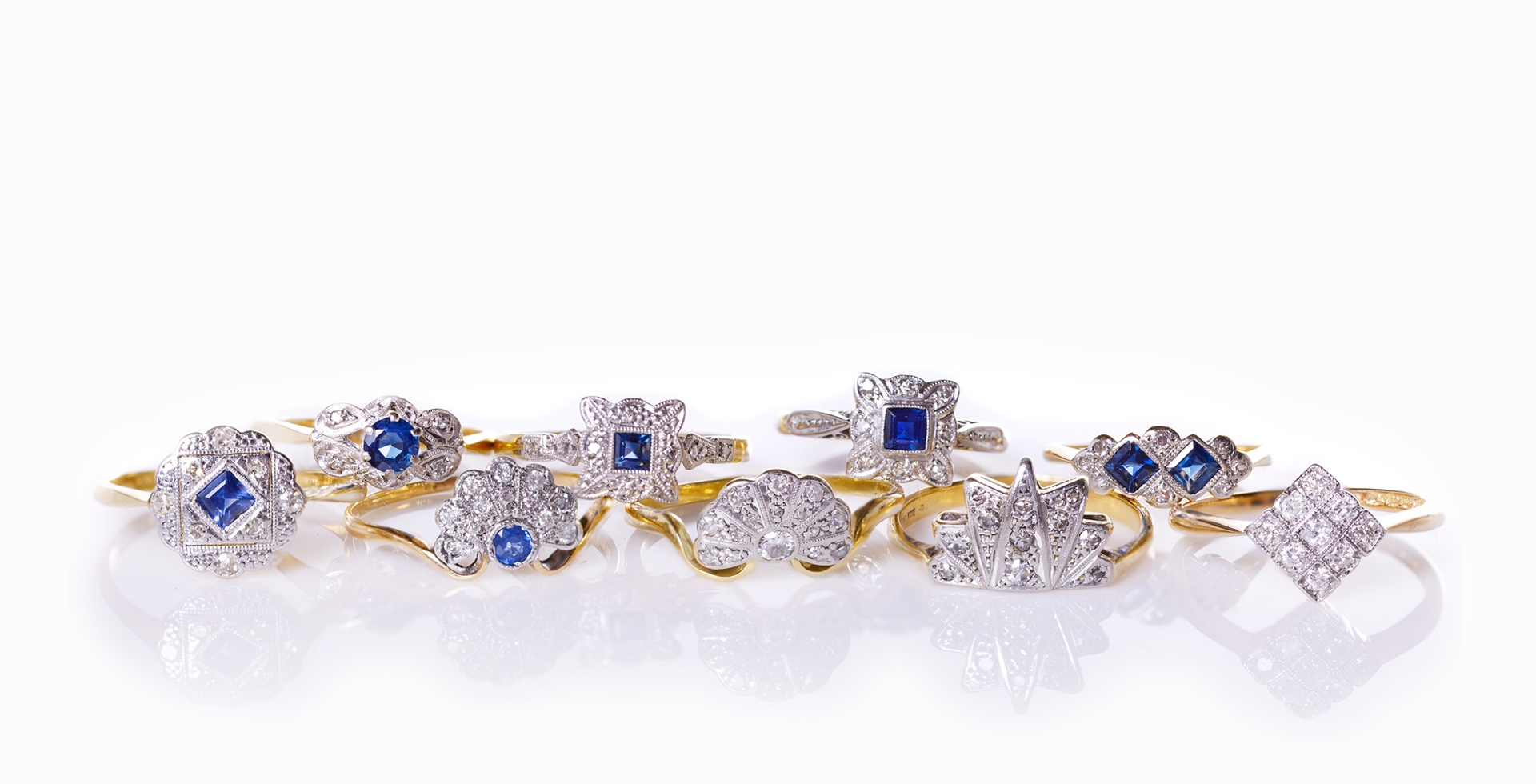Unveiling the Timeless Beauty: The Fascinating World of Antique Jewelry
Introduction: In the realm of adornment, antique jewelry stands as a testament to human creativity, cultural heritage, and the enduring allure of the past. These exquisite pieces, crafted with meticulous attention to detail and steeped in history, offer a glimpse into bygone eras and civilizations. From the ornate treasures of ancient civilizations to the elegant designs of the Victorian era, antique jewelry holds a unique charm that continues to captivate collectors and enthusiasts worldwide. Join us as we embark on a journey through the enchanting world of antique jewelry, exploring its rich history, craftsmanship, and enduring appeal.

A Legacy of Craftsmanship: At the heart of antique jewelry lies the artistry and skill of master craftsmen who dedicated their lives to perfecting their craft. Throughout history, artisans have employed a variety of techniques and materials to create exquisite pieces that stand the test of time. From the intricately carved cameos of ancient Rome to the delicate filigree work of the Renaissance, each era has left its mark on the world of jewelry design.
One of the hallmarks of antique jewelry is its exceptional craftsmanship, often achieved through meticulous handwork and attention to detail. Artisans employed techniques such as granulation, repoussé, and enameling to create pieces of unparalleled beauty and complexity. Whether it’s the intricate metalwork of a Georgian necklace or the vibrant enamel of an Art Nouveau brooch, antique jewelry showcases the ingenuity and creativity of its creators.
A Journey Through Time: Antique jewelry spans centuries and civilizations, each piece telling a unique story of its time and place of origin. From the ancient treasures of Egypt and Mesopotamia to the exquisite creations of the Renaissance and beyond, antique jewelry reflects the cultural influences, artistic movements, and social customs of its era.
The Victorian era, in particular, was a golden Antique jewellery age for jewelry design, characterized by sentimentality, symbolism, and elaborate ornamentation. Queen Victoria’s love for her husband, Prince Albert, popularized mourning jewelry adorned with black enamel and gemstones, while the discovery of new sources of gemstones led to a proliferation of dazzling designs.
In the early 20th century, the Art Nouveau and Art Deco movements brought new styles and aesthetics to the world of jewelry design. Art Nouveau jewelry embraced organic forms and flowing lines inspired by nature, while Art Deco jewelry embraced geometric shapes, bold colors, and a sleek, streamlined aesthetic.
Preserving the Past: As custodians of these exquisite treasures, it is our responsibility to preserve and protect them for future generations to enjoy. Proper care and maintenance are essential to ensure the longevity of antique jewelry, including storing pieces in a cool, dry place away from direct sunlight and humidity, and avoiding exposure to harsh chemicals or abrasive materials.
Regular cleaning and inspection by qualified professionals can help maintain the beauty and integrity of antique jewelry, while proper documentation and authentication are crucial for establishing provenance and value. By safeguarding these precious heirlooms, we honor the legacy of their creators and ensure that their beauty continues to shine for years to come.
Conclusion: Antique jewelry is more than just adornment; it is a tangible link to the past, a reflection of human creativity, craftsmanship, and cultural heritage. As we continue to marvel at the exquisite beauty of these treasures, let us also cherish and preserve them for future generations to enjoy, ensuring that their legacy lives on for centuries to come.